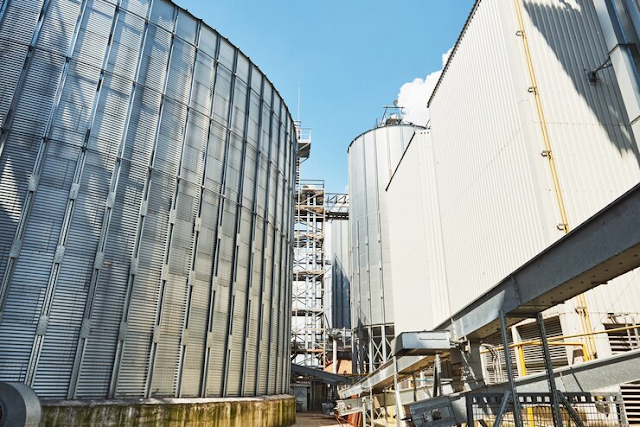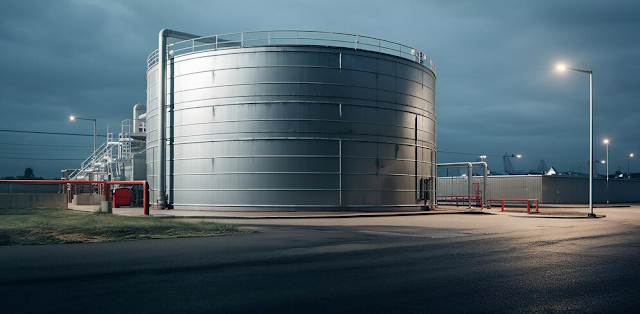The Raccoon Dilemma
Raccoons, with their masked faces and mischievous nature, may appear cute and harmless at first glance. However, these clever and adaptable creatures can quickly become unwanted houseguests, causing significant damage and posing potential health risks to your family. As urbanization continues to encroach on their natural habitats, raccoons have become increasingly adept at seeking shelter and sustenance in residential areas, making raccoon removal in Houston a growing concern for homeowners.
The Risks of a Raccoon Infestation
While raccoons may seem like harmless scavengers, their presence on your property can have severe consequences. These furry visitors are known for their propensity to rummage through garbage cans, leaving behind a mess and potentially attracting other pests. Additionally, raccoons can carry and transmit diseases like raccoon roundworm and rabies, posing a significant health risk to humans and pets alike.
Perhaps the most significant concern is the damage raccoons can inflict on your home. With their sharp claws and powerful jaws, they can tear through siding, shingles, and vents, creating entry points into attics, crawl spaces, and even living areas. Once inside, raccoons can cause further destruction by ripping insulation, defecating, and leaving behind a pungent odor that can be challenging to eliminate.
What are some of the risks associated with a raccoon infestation on your property?
Some risks of a raccoon infestation include damage to your home from their claws and teeth, potential transmission of diseases like raccoon roundworm and rabies, attraction of other pests due to garbage rummaging, and unpleasant odors from their droppings and urine.
Signs of a Raccoon Infestation
Early detection is crucial in addressing a raccoon problem before it escalates. Here are some telltale signs that you may have unwanted raccoon visitors on your property:
- Noises in the attic or walls: Scratching, scurrying, or thumping sounds, especially at night, can indicate the presence of raccoons nesting or moving around.
- Entry points and damage: Look for torn screens, chewed holes, or other signs of forced entry, as well as damaged siding, vents, or shingles.
- Droppings: Raccoon feces are often found near entry points or in areas where they frequent, such as decks, patios, or around garbage cans.
- Disturbances in the yard: Overturned trash cans, scattered debris, or disturbed landscaping can be signs of raccoon activity.
- Sightings: If you spot a raccoon during the day, it could be a sign of a severe infestation or a mother raccoon with babies.
What are some of the common signs that may indicate a raccoon infestation on your property?
Common signs of a raccoon infestation include noises in the attic or walls, visible entry points or damage, raccoon droppings, disturbances in the yard like overturned trash cans, and sightings of raccoons during the day.
The Risks of DIY Raccoon Removal
While the temptation to tackle raccoon removal DIY-style may seem appealing, it comes with significant risks that can outweigh the benefits. Raccoons, though seemingly harmless, can carry diseases such as rabies and roundworm, posing serious health hazards to humans and pets. Attempting to handle these animals without proper training and protective gear puts individuals at risk of exposure to these pathogens.
Moreover, raccoons are notorious for their intelligence and resourcefulness, making them challenging to capture and remove safely. DIY trapping methods often prove ineffective, leading to prolonged encounters with these animals and potential conflicts. Improper handling of traps may also result in injury to the raccoons or unintended consequences for other wildlife.
Furthermore, DIY attempts at raccoon removal may inadvertently cause property damage. Raccoons can be destructive when trapped or cornered, causing structural harm to homes in their attempts to escape. Additionally, untrained individuals may overlook entry points or fail to properly seal them, allowing raccoons to return or inviting other pests into the home.
In essence, the risks associated with DIY raccoon removal underscore the importance of seeking professional assistance. Professional wildlife removal services have the expertise, equipment, and experience necessary to address raccoon infestations safely and effectively, minimizing risks to both humans and animals.
Professional Raccoon Removal in Houston
Professional raccoon removal services in Houston offer homeowners peace of mind and a solution to a common urban wildlife problem. Raccoons, attracted by food sources and shelter, often find their way into residential areas, posing risks to property and health.
These skilled professionals understand the behavior of raccoons and employ humane and effective methods to remove them from homes safely. They assess the situation thoroughly, identifying entry points and potential nesting sites. Using specialized equipment and techniques, they carefully trap and relocate raccoons, ensuring the safety of both the animals and residents.
Moreover, professional raccoon removal services in Houston prioritize prevention, sealing entry points and implementing deterrents to discourage future intrusions. By addressing the root cause of the problem, they help homeowners avoid recurrent issues and costly damage repairs.
Additionally, these services adhere to local regulations and ethical standards, ensuring compliance with wildlife protection laws and guidelines. Homeowners can trust in their expertise and commitment to resolving raccoon infestations responsibly.
In essence, professional raccoon removal in Houston offers a comprehensive solution, safeguarding homes and promoting coexistence between humans and wildlife in urban environments.
The Process of Professional Raccoon Removal
Professional raccoon removal in Houston typically follows a comprehensive process to ensure the complete elimination of the infestation and prevent future occurrences. Here's what you can expect:
- Inspection: A trained technician will conduct a thorough inspection of your property, identifying entry points, nesting areas, and the extent of the infestation.
- Humane removal: Using specialized equipment and techniques, the technician will safely remove the raccoons from your property, ensuring no harm comes to the animals or your family.
- Exclusion and repair: Once the raccoons have been removed, the technician will seal off all entry points and repair any damage to your home, preventing future infestations.
- Sanitation and deodorization: The affected areas will be thoroughly cleaned and deodorized to eliminate any potential health hazards and unpleasant odors.
- Monitoring and prevention: Regular follow-up visits and preventative measures, such as exclusion devices and deterrents, will be implemented to discourage future raccoon activity.
What are the typical steps involved in professional raccoon removal in Houston?
The typical steps in professional raccoon removal in Houston include a thorough inspection, humane removal of raccoons, sealing entry points and repairing damage, sanitizing and deodorizing affected areas, and implementing monitoring and prevention measures to discourage future infestations.
Choosing the Right Raccoon Removal Company
With numerous companies offering raccoon removal services in Houston, it's essential to choose a reputable and experienced provider. Here are some factors to consider:
- Experience and expertise: Look for a company with a proven track record of successful raccoon removals and a team of trained and certified professionals.
- Humane practices: Prioritize companies that use humane and environmentally friendly methods, ensuring the well-being of the raccoons and the surrounding ecosystem.
- Licensing and insurance: Verify that the company is properly licensed and insured to protect you from liability in case of any accidents or damages during the removal process.
- Guarantees and warranties: Reputable companies often offer guarantees or warranties on their services, demonstrating their confidence in their ability to eliminate raccoon infestations effectively.
- Customer reviews and references: Read online reviews and ask for references to gauge the company's reputation and customer satisfaction.
What are some important factors to consider when choosing a professional raccoon removal company in Houston?
When choosing a professional raccoon removal company in Houston, important factors to consider include the company's experience and expertise, use of humane practices, proper licensing and insurance, guarantees or warranties offered, and customer reviews and references.
Prevention: Keeping Raccoons at Bay
While professional raccoon removal in Houston is crucial for addressing existing infestations, prevention is key to maintaining a raccoon-free home. Here are some tips to help deter these unwanted visitors:
- Secure garbage and pet food: Store garbage in sturdy, sealed containers and bring pet food indoors at night to eliminate potential food sources for raccoons.
- Trim vegetation: Keep trees and shrubs well-trimmed to reduce potential nesting sites and eliminate easy access to your roof or attic.
- Seal entry points: Regularly inspect your home's exterior and seal any cracks, holes, or gaps that could serve as entry points for raccoons.
- Install deterrents: Consider installing motion-activated lights, sprinklers, or other deterrents around your property to discourage raccoon activity.
- Remove denning sites: Eliminate potential denning sites by closing off chimneys, vents, and other openings that raccoons may use for nesting.
By implementing these preventative measures and seeking professional assistance when necessary, you can safeguard your home from the potential risks and damages associated with raccoon infestations.
Conclusion
Raccoons may appear harmless, but their presence on your property can pose significant risks to your family's health and the structural integrity of your home. Attempting DIY raccoon removal can be dangerous and ineffective, often exacerbating the problem. Seeking the expertise of professional raccoon and squirrel removal in Houston is the safest and most reliable solution. These skilled professionals have the knowledge, tools, and experience to humanely and efficiently remove raccoons from your property while implementing preventative measures to discourage future infestations.


































